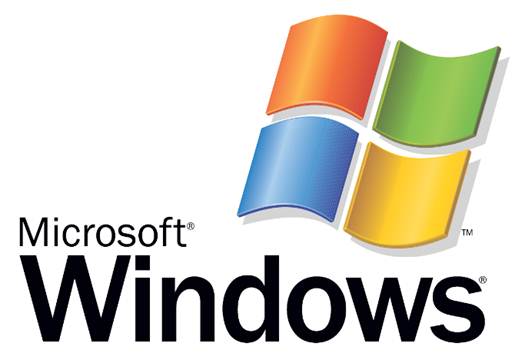Free
Some software is free, even if there are
those in the industry who hate this idea with every fibre of their being. They
hate it, because they think free software devalues all software and raises
expectations that all software should be free.
That’s nonsense, because when I hear music
on the radio (for free), I don’t then wander along to HMV or wherever and then
take umbrage with them when they expect payment for the CD album.
In the mobile space, this has been adapted
to a two-tier system where a simple version of the app is free and a more
professional version costs money. By using this method, those who just want to
try the application aren’t hampered by spending money without trying, while
those that do use the tool can invest in its future development.
So does ‘free’ have a downside? The likes
of Adobe and Microsoft might say so, in that the level of support you can
reasonably expect might not be there. Many small software companies are
effectively one-man operations, where illness and other commitments can easily
get in the way of releasing new versions or fixing known bugs in an existing
release. However, this is actually a limitation of small software development
companies, rather than the payment model they choose to use.

So
does ‘free’ have a downside? The likes of Adobe and Microsoft might say so, in
that the level of support you can reasonably expect might not be there
As a means of subsidizing development, some
app makers use in-title advertising, which is usually removed in the paid-for
version. That’s usually a good strategic plan, because occasional users can put
up with a few ads or they can pay to see them go.
There has been a long-running campaign from
some big businesses to suggest that open-source software is more prone to bugs
and virus infestations, although almost all empirical research suggests
precisely the opposite. Windows is the most virus-infested OS in the history of
the world, and it’s never been free or open source.
Those who are unconvinced of the validity
of free software only need to look at the huge collection of very
professionally written tools that you can download for free on the Linux and
Android platforms.
Not every application can be free, because
the time that software developers give needs to be paid for at some point, but
there are some perfectly good applications that you can get for nothing that
put commercial offerings to shame.
Those who enjoy a free application need to
consider how they can get some investment to the developer if they want to see
it evolve and grow, but that’s something for each person to consider how best
to achieve.
Final thoughts
We’re at something of an economic crossroad
in regard to software sales. Historically, big software companies have launched
flagship products, which have generated large amounts of income from a
substantial ticket price. The economic reality is that the amount of people prepared
to pay for an operating system or office application has reduced due to
worldwide economic pressures.
When money gets tight, users have a
tendency to stick with the old product, rather than investing in the new one,
and it’s something that’s a major concern for the likes of Microsoft. It’s a
matter of changing those previously accepted rules or becoming extinct as other
income generating methods flourish.

In
the past, people bought retail copies of software that they owned, but is that
way of thinking something of the past?
Because of this, it is now expected that
Windows 8 will cost substantially less than Windows 7 did when it first
appeared, and Microsoft is known to be seriously exploring rental as an
alternative model to purchase.
It would avoid the very high peaks and deep
troughs in income that come with a new product launch and the run-up to the
next release. That gives Microsoft accountants ulcers and makes predicting
yearly income for the company a complete nightmare.
Changing to a rental model smoothes out
those lumps and potentially increases the overall revenue stream for any
product. Taking Windows as an example, a new version is released roughly three
to five years, and you can get Windows 7 Professional upgrade in retail for
about $144. A rental value of just $6.5 per month would return more to
Microsoft over two years than the one-off cost.
Therefore, even at what might seem like,
micro-payment levels, Microsoft could actually generate more income than it’s
currently getting in the same period.
However and this is something critical to
consider do we need to pay for software at all? Unless you’re looking for
something with a very particular job, then it’s possible to find software
that’s free to do it. That includes operating systems, office suites, and
general productivity tools. The advent of Android and iOS has proven that being
able to run Windows applications is no longer a necessity in modern computing
devices.

Microsoft
has already offered rental for volume licensing customers. How long before that
spreads to the retail sector?
What’s clear is that the ecosystem is big
enough for entirely commercial tools to exist alongside what is essentially
‘hobby’ or speculative software development. No one funding system for creating
software is perfect, and new ones are being created all the time, such as
Kickstarter.
For software users, the best scenario is
the one with the most choice. Therefore, the payment models that bring us that
should be the ones we actively support with our patronage.